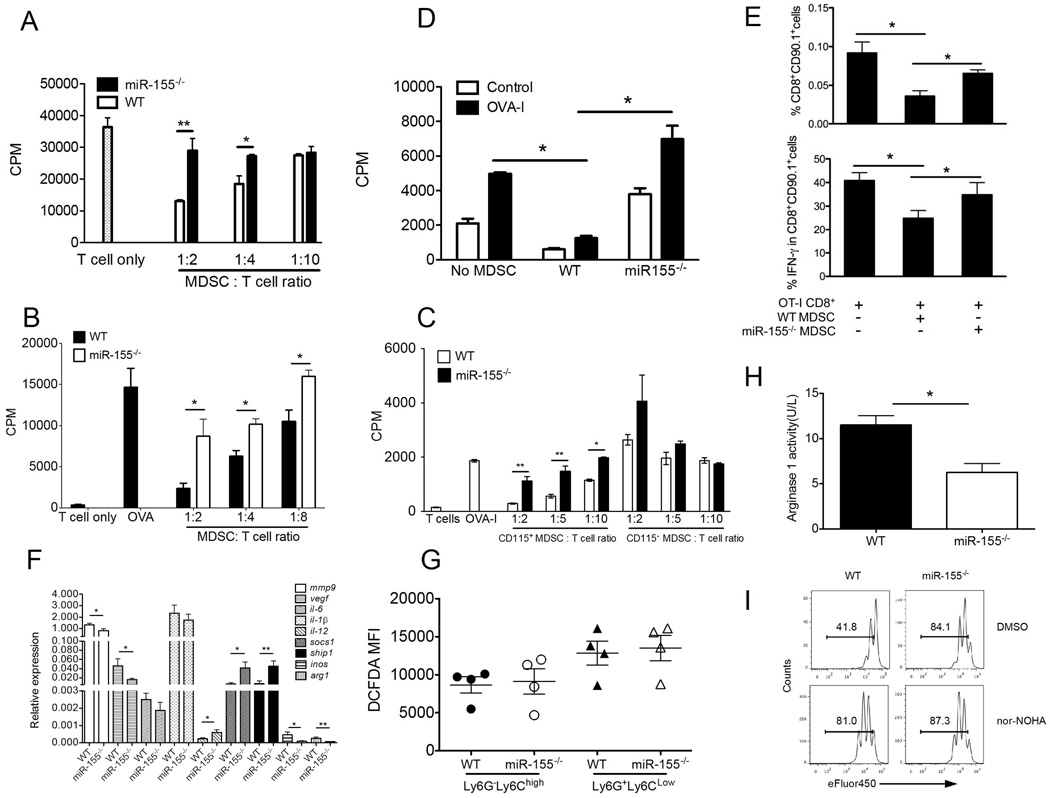Figure 4. miR-155 is required for MDSC suppressive function during tumor growth.
(A) Suppressive activity of MDSCs from MC38-bearing WT versus miR-155−/− mice. Splenic Gr1+CD11b+ MDSCs from either MC38-bearing WT or miR-155−/− mice were added at different ratios to OT-I splenocytes stimulated with OVA-I peptides for 3d, and 3[H] thymidine uptake was measured. The suppressive activities of tumor-infiltrating MDSCs from EG7-bearing (B) or LLC1-bearing (C) WT and miR-155−/− mice were assessed in a similar manner as described in A. (D) To evaluate MDSC tolerogenic activity on in vivo T cell function, naive OT-1 CD90.1 cells were transferred to CD90.2 congeneic recipients, which were s.c. immunized, 2 days later, with OVA-I peptides in IFA. MDSCs from MC38 tumor- bearing WT or miR-155−/− mice, either pulsed or not with OVA-I peptides, were transferred on the same day of the immunization. DLNs were collected 10 days after immunization and stimulated with OVA-I in vitro to measure T cell proliferation by 3[H] thymidine uptake. (E) Frequencies of CD8+CD90.1+ cells and IFN-γ secreting CD8+ T cells as determined by flow cytometry were summarized. (F) Real-time quantitative RT-PCR analysis of different gene expression in WT and miR-155−/− MDSCs from LLC1-OVA-bearing mice (n=5–14). (G) ROS production was measured with DCFDA staining by flow cytometry and summarized within the granulocytic and monocytic tumor-infiltrating MDSCs. (H) Arginase I activity of WT versus miR-155−/− MDSCs. (I) Arginase I inhibitor nor-NOHA was able to blunt the suppressive activity of WT MDSC but not miR-155−/− MDSCs. All samples had MDSC, and the ratio of T cell/MDSC was 2:1. *, p<0.05; **, p<0.01. Data are representative of 2 independent experiments.

